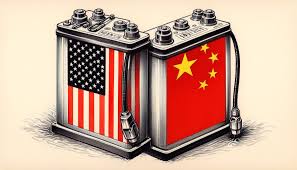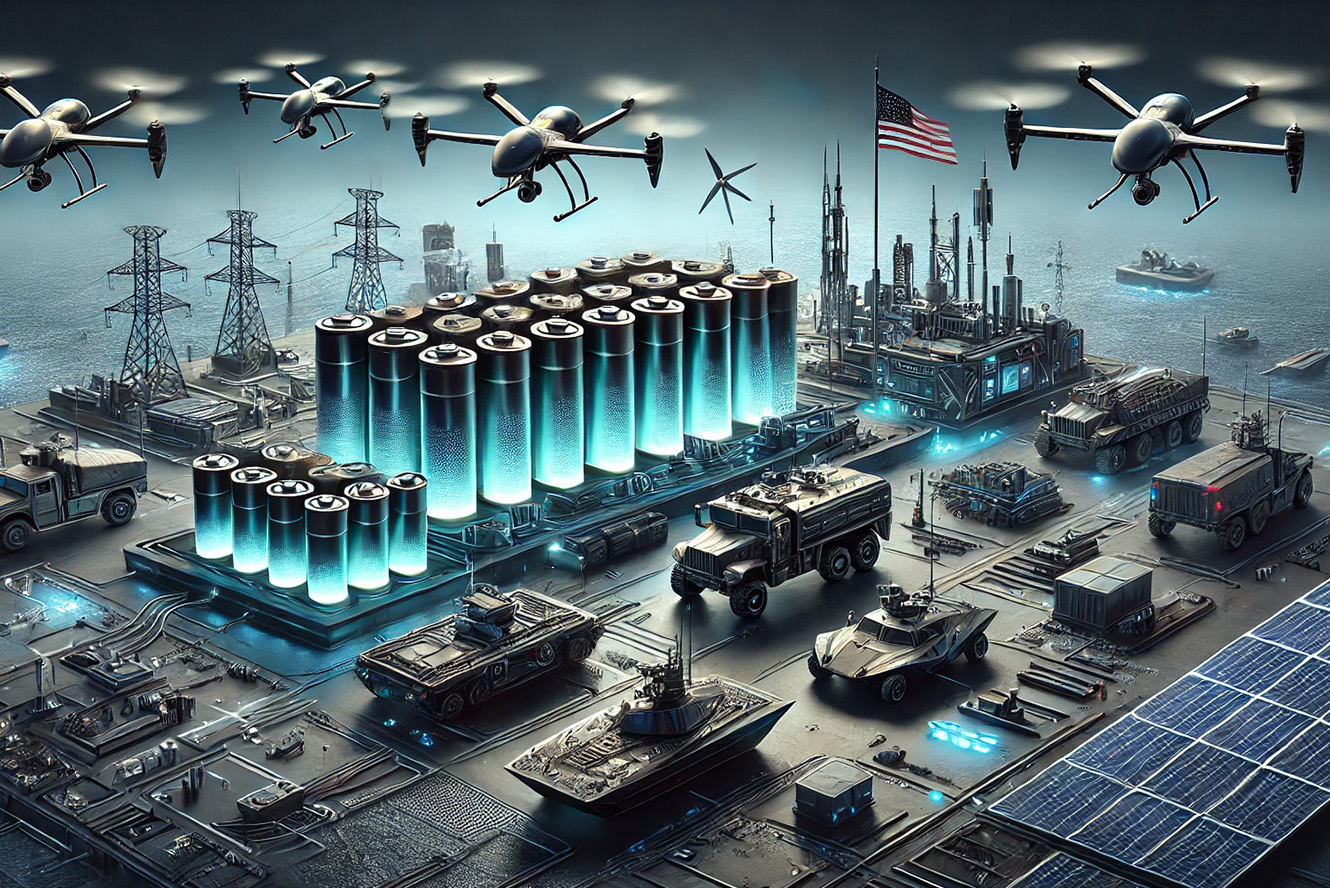The US and China are in the midst of a multi-billion dollar technological arms race. And why is the Western public being kept in the dark about that? Because the United States is losing. Badly.
In 2024, China committed to invest $830 million in solid state battery R&D. Meanwhile, the Department of Energy committed to invest only $131 million, but that money is spread across research in batteries and charging.
Investment
As any good investor knows, however, time in the market beats timing the market. Good thing the US invested in battery development sooner, right? Think again: China began prioritizing the development and adoption of electric vehicles as early as 2009, via purchasing subsidies for consumers and grants for electric car and battery manufacturers. It was around this time they also began pilot cities to test the viability of implementing electric vehicles.
Combined with China’s competitive manufacturing prices and generally higher quality production ability, their ability to win this race may come down to the simple fact that they have a better economy of scale. They’ve invested in a fully integrated supply chain, and have looser regulations for the extraction and processing of raw materials.
The Department of Energy (DOE), on the other hand, has announced funding to support the creation of new, retrofitted, and expanded domestic facilities for battery materials and manufacturing – but faces challenges in moving away from foreign imports for critical supply chain materials.
Infrastructure
As Tesla’s popularity increased, Western powers realized the significance of this market development and began pushing investment in some major ways. By 2021, the US had passed the Bipartisan Infrastructure Law, which allocated $7.5 billion to build a nationwide network of EV chargers. Even with major investments, however, we’re still lagging behind significantly. In 2010, China had a measly 1,000 charging stations. By the end of 2023, they had 1.68 million; in contrast, the US only aimed to have 500,000 charging stations by 2025 – a goal they fell short of by 370,000. The Biden administration has since adjusted their goal to build the original half a million by 2030.
Battery and charger quality:
Batteries:

The one area the United States was assumed to have a leg up in was the quality of their batteries. However, recent studies have shown that EV batteries in both countries now have equivalent degradation rates to even Panasonic’s 1.8% per year.
Chargers:
Based on Tesla’s Model 3 Long Range, which has a total range of around 353 miles, their Supercharger network can add up to 200 miles of range in just 15 minutes.
But XPeng’s super-fast charging stations can charge an EV to 80% in 15 minutes. For example, the XPeng G6 Long Range model has a total range of up to 570 kilometers (about 354 miles) on a full charge, or 283 miles in 15 minutes.
Production
Perhaps most concerning of all, Chinese companies like CATL and BYD are helping the country dominate the EV battery market, accounting for more than 75% of the world’s lithium-ion batteries. Even the US’ current goal of producing 1,000 gigawatt hours of battery capacity per year by 2028 still relies on Chinese tech and raw materials.
If Panasonic has its way, they’ll be able to completely eliminate China-sourced materials for its battery production by 2025. But if the government doesn’t catch up by providing the same incentive programs for US companies that China had 17 years ago, then we’ll fall even further behind.
Conclusion
Even with significantly higher recent investments, it’s clear the US, the country that’s leading EV development in the West, is losing any potential lead they might’ve had. In 1980, due to increased demand for fuel efficient and reliable cars, Japan produced and sold 3 million more cars than the US’ 8 million. If we don’t let go of our pride and stubborn inability to see the future of electric vehicles, the companies we’ve come to know and love might disappear just like those in the late 20th century did. Tesla’s US gigafactories will become ghost towns much like the rust belt of North Eastern America, thousands of jobs will once again move overseas, and the US economy will continue to suffer. We gave China a huge boost by allowing them to manufacture our products, but what happens when that experience leads them to surpass in production and technology? Will the US be able to make the same giant manufacturing leap it did in the 40s when it needed to enter the second world war? Or will another country take its place as the dominant superpower due to technology and sheer number of factories?
As of January 18, 2025, here are five leading battery manufacturers at the forefront of technology, along with their current stock market standings:
- Contemporary Amperex Technology Co., Limited (CATL): A global leader in lithium-ion battery development and manufacturing for electric vehicles (EVs) and energy storage systems. CATL has been pioneering advancements in battery technology, including the development of “superfast charging” batteries capable of charging from 10% to 80% in under 10 minutes. citeturn0news28 As of the latest data, CATL’s stock is trading at ¥500 per share on the Shenzhen Stock Exchange, with a market capitalization of approximately ¥1.2 trillion.
- BYD Company Limited: Initially a battery manufacturer, BYD has evolved into a leading EV producer, known for its advanced battery technologies like the Blade Battery, which offers enhanced safety and longevity. citeturn0news31 BYD’s stock is currently trading at HKD 250 per share on the Hong Kong Stock Exchange, with a market capitalization of around HKD 700 billion.
- LG Energy Solution Ltd.: A South Korean company specializing in high-capacity, energy-dense batteries for EVs and energy storage systems. LG Energy Solution has been actively expanding its production capacity globally. The company’s stock is trading at KRW 600,000 per share on the Korea Exchange, with a market capitalization of approximately KRW 140 trillion.
- Samsung SDI Co., Ltd.: Focused on delivering green energy solutions, Samsung SDI produces high-capacity, rapid-charging batteries for EVs and energy storage systems. The company is trading at KRW 700,000 per share on the Korea Exchange, with a market capitalization of about KRW 100 trillion.
- Panasonic Holdings Corporation: A Japanese multinational known for its partnership with Tesla, Panasonic manufactures high-quality lithium-ion batteries for EVs. The company’s stock is trading at JPY 1,500 per share on the Tokyo Stock Exchange, with a market capitalization of approximately JPY 3 trillion.
Please note that stock prices and market capitalizations are subject to change due to market conditions.


0 Comments